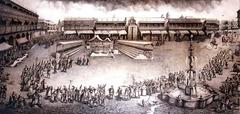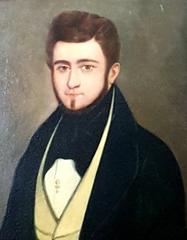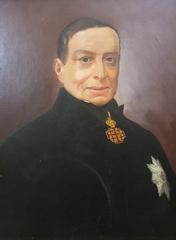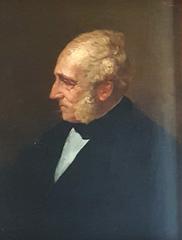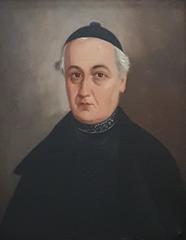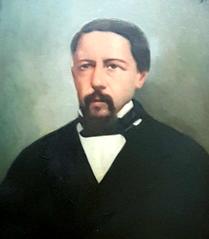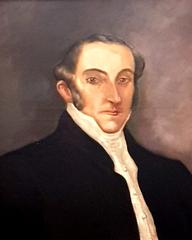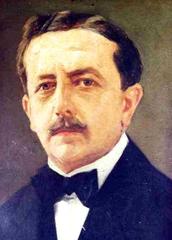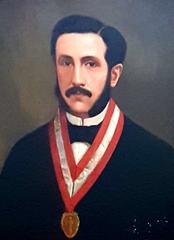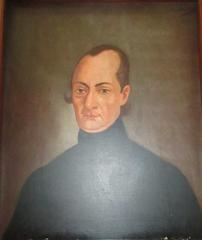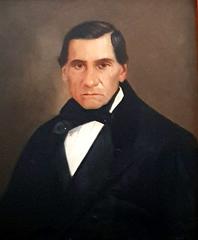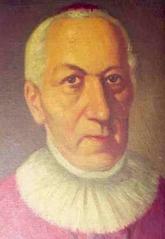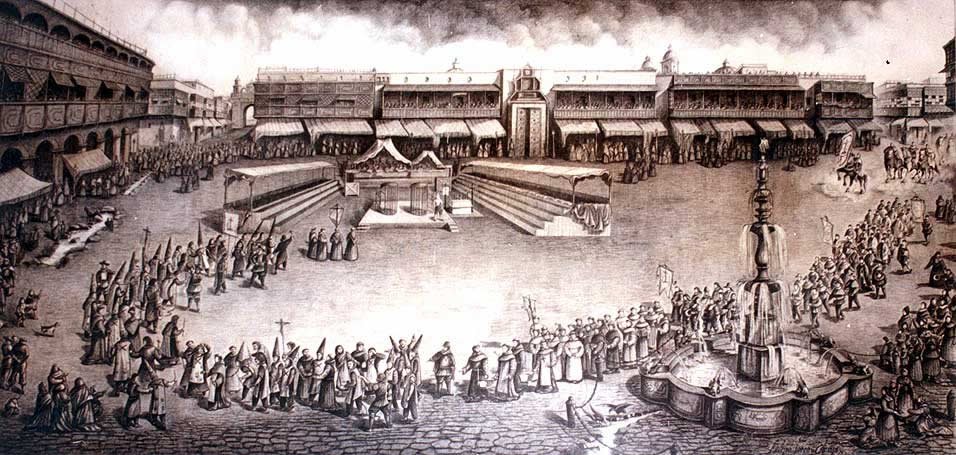
Museo De La Inquisición Y Del Congreso: Visiting Hours, Tickets, and Historical Sites in Lima, Peru
Date: 14/06/2025
Introduction
Located in the heart of Lima’s historic center, the Museo De La Inquisición Y Del Congreso stands as a powerful testament to Peru’s layered history, blending the legacy of colonial religious authority with the emergence of republican democracy. Housed in an elegant late 16th-century colonial building, the museum once served as the Tribunal of the Holy Office of the Inquisition—one of only three such tribunals in the Americas—and later as the seat of the Peruvian Congress. Today, it offers visitors an immersive journey through over two centuries of judicial, religious, and political transformation. Its exhibits, guided tours, and preserved architecture make it a must-visit for history enthusiasts, students, and curious travelers seeking a deeper understanding of Peru’s complex past.
This comprehensive guide provides essential information on visiting hours, ticketing, accessibility, thematic exhibitions, and nearby attractions to help you make the most of your visit. For the latest updates and detailed visitor information, consult the official museum website or Peru’s tourism portal.
Table of Contents
- Introduction
- Historical Background: The Inquisition in Lima
- Architectural Significance
- Evolution to Republican Era
- Museum Establishment and Thematic Exhibits
- Visiting Hours, Tickets, and Accessibility
- Location and Nearby Attractions
- Visitor Experience: Educational Mission & Interpretive Approach
- Practical Travel Tips
- Frequently Asked Questions (FAQ)
- Conclusion and Recommendations
- References
Historical Background: The Inquisition in Lima
The building’s history begins with the establishment of the Tribunal of the Holy Office of the Inquisition in 1569 by the Spanish Crown. Lima’s tribunal was one of only three in the Americas, alongside those in Mexico City and Cartagena. For over 250 years, it enforced Catholic orthodoxy, prosecuting heresy, blasphemy, and witchcraft. More than 1,500 individuals were tried, with thirty-two condemned to death, most publicly executed by burning or garrote (es.wikipedia.org; seturismo.pe). The tribunal’s secretive operations included dungeons, torture chambers, and public punishments called “autos de fe.”
Architectural Significance
The museum building features a striking façade with Greco-Roman columns and a classical pediment. Inside, the Audience Hall showcases a 17th-century Mudejar-style coffered ceiling, one of Lima’s finest colonial interiors. The structure reflects a duality: grandeur and openness above ground, and the oppressive, secretive atmosphere of the Inquisition’s dungeons below (seturismo.pe). The Audience Hall includes figures representing historical judicial proceedings, vividly recreating the era’s atmosphere (es.wikipedia.org).
Evolution to Republican Era
With the abolition of the Inquisition in 1820, the building became the site of Peru’s first Constituent Congress, symbolizing a national shift from religious persecution to republican self-governance (congreso.gob.pe). Later, it served as the Senate chamber and public library, reflecting the nation’s evolving political landscape (es.wikipedia.org).
Museum Establishment and Thematic Exhibits
Establishment
The Museo De La Inquisición Y Del Congreso opened on July 26, 1968, and was declared a National Cultural Heritage site in 1972 (turismoperuano.com). Its dual purpose is to preserve the intertwined histories of the Inquisition and the Peruvian Congress within a UNESCO World Heritage setting.
Exhibition Spaces
-
Lower Level – The Inquisition:
- Reconstructed torture chambers, original and replica instruments
- Audience Hall with Mudejar ceiling and life-sized figures
- Chamber of Secrets, Torture Chamber, Hall of Sentences, and Stocks
(whichmuseum.com)
-
Upper Floor – Peruvian Congress:
- Exhibits on Peru’s parliamentary evolution, constitutional drafting, and historic figures
- Highlights the nation’s transition from repression to democratic dialogue
(seturismo.pe)
Educational Approach
The museum prioritizes educational outreach, offering multilingual panels (Spanish, English, French, Portuguese, Italian, and German) and life-sized mannequins staged based on archival research (dialnet.unirioja.es). Public lectures, temporary exhibitions, and digital resources foster reflection on justice, intolerance, and democracy.
Visiting Hours, Tickets, and Accessibility
- Visiting Hours: Tuesday to Sunday, 9:00 AM–5:00 PM; closed Mondays and public holidays.
- Admission: Entry is free for all visitors (iperu.org).
- Guided Tours: Free, available in Spanish and English. Booking is advised for groups.
- Accessibility: Most areas are accessible, though original dungeons and some historic areas may have limited access. Contact the museum in advance for specific needs.
Location and Nearby Attractions
Situated at Jirón Junín 548, next to Plaza Bolívar and near the Palacio Legislativo, the museum is easily accessible by public transport and taxi. Its central position allows visitors to explore the Plaza Mayor, Cathedral of Lima, Church of San Francisco, and the historic Casa de Aliaga in a single walking itinerary (Viasatelital).
Visitor Experience: Educational Mission & Interpretive Approach
The museum offers a robust multi-sensory educational experience through:
- Immersive reconstructions (tribunal chambers, torture rooms, dungeons)
- Multilingual interpretive materials
- Digital resources, virtual tours, and award-winning online content (dialnet.unirioja.es)
- Public lectures, cultural events, and school programs
Its curatorial approach balances historical truth with sensitivity, contextualizing graphic exhibits to foster empathy and critical thinking (blog.viajesmachupicchu.travel).
Practical Travel Tips
- Best Time to Visit: Weekday mornings are quieter; weekends and holidays tend to be busier.
- Photography: Allowed in most areas (no flash/tripods); some sensitive sections may have restrictions.
- Amenities: Restrooms and a gift shop are available; no café on-site, but nearby dining options abound.
- Conduct: Eating/drinking in exhibition areas is prohibited. Respectful behavior is expected, given the sensitive subject matter.
Frequently Asked Questions (FAQ)
Q: What are the Museo De La Inquisición Y Del Congreso visiting hours?
A: Tuesday to Sunday, 9:00 AM to 5:00 PM; closed Mondays and holidays.
Q: Is there an admission fee?
A: Entry is free for all visitors.
Q: Are guided tours available in English?
A: Yes, and in Spanish. Book in advance for groups.
Q: Is the museum wheelchair accessible?
A: Most public areas are accessible; some historic sections may have limitations.
Q: Can I take photographs?
A: Yes, without flash or tripods; some areas may have restrictions.
Q: Do I need to book in advance?
A: Not for individual visits; group tours should be arranged ahead.
Conclusion and Recommendations
The Museo De La Inquisición Y Del Congreso is a profound, thought-provoking site that bridges Peru’s colonial past and its journey toward democracy. Through carefully curated exhibits, immersive reconstructions, and educational programming, the museum invites visitors to reflect on the meanings of justice, intolerance, and political transformation. Its central location, free admission, and multilingual resources make it accessible to all.
To enhance your experience:
- Check the official museum website for updates on hours, events, and accessibility.
- Consider downloading the Audiala app for guided audio tours.
- Explore nearby attractions to enrich your understanding of Lima’s history.
Whether you are a student, history enthusiast, or curious traveler, this museum is an essential stop on your exploration of Lima’s rich heritage.
References
- Museo De La Inquisición Y Del Congreso in Lima: Visiting Hours, Tickets, and Historical Insights, 2025, (official museum website)
- Peru Tourism Official Site, 2025, (peru.travel)
- Wikipedia contributors. Museo del Congreso y de la Inquisición, 2024, (es.wikipedia.org)
- Seturismo.pe, Museo De La Inquisición Y Del Congreso, 2024, (seturismo.pe)
- Dialnet.unirioja.es, Museo De La Inquisición Y Del Congreso Interpretive Approaches, 2024, (dialnet.unirioja.es)
- Iperu.org, Museo Del Tribunal De La Santa Inquisición Del Congreso, 2024, (iperu.org)
- Emitain.com, Museo Del Congreso Y La Inquisición En Lima, 2024, (emitain.com)
- Viasatelital.com, Museo Monumental De La Inquisición Y Del Congreso, 2024, (viasatelital.com)
- RutasChile.com, Museo De La Inquisición Y Del Congreso Health Protocols, 2024, (RutasChile.com)
